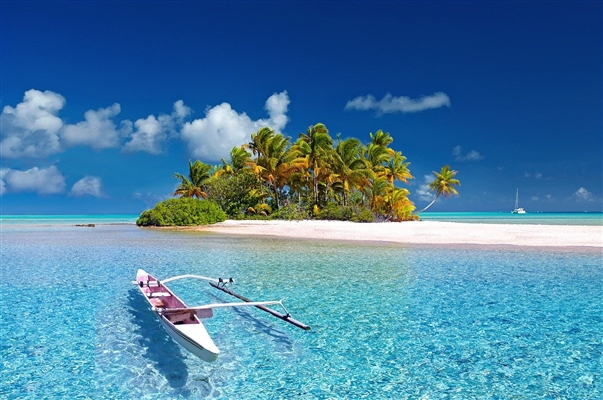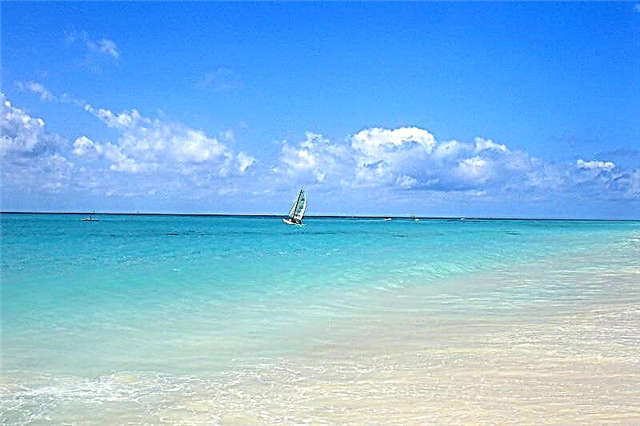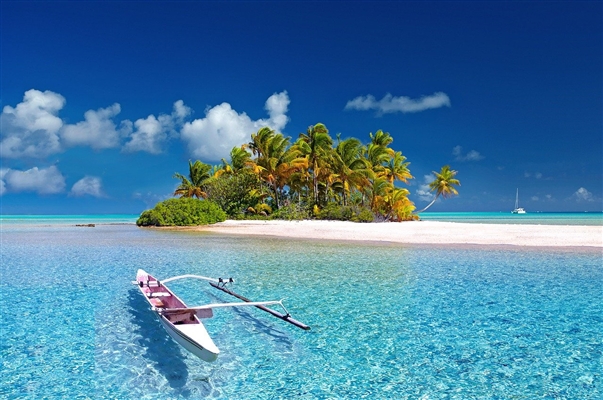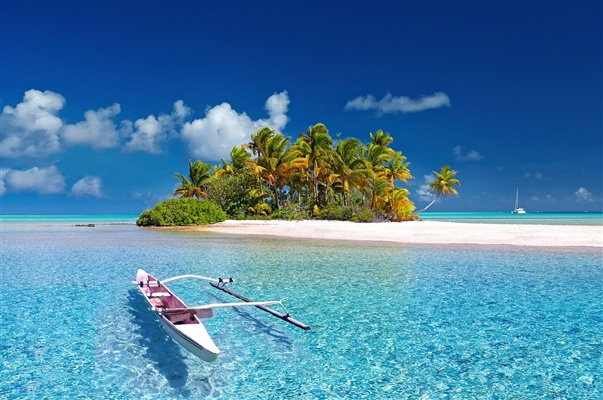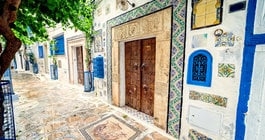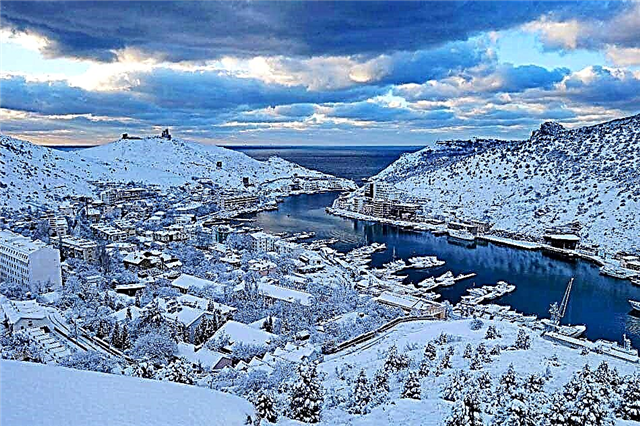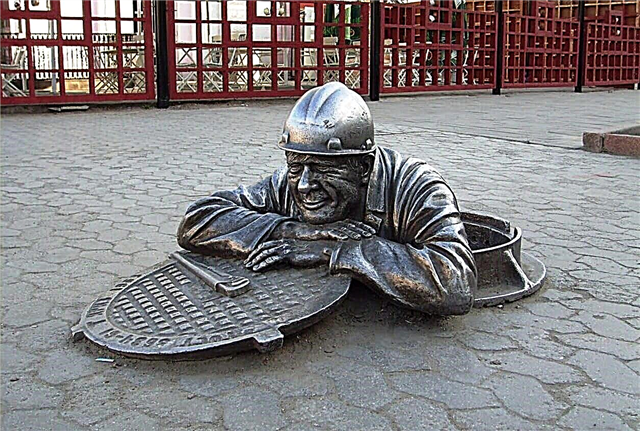The Omsk region does not differ much from its neighbors in terms of attractions, which does not make them less interesting. Local history and military museums, classic for Russia, tell the history of the region. The surviving old stone buildings make it possible to imagine how Omsk and other cities looked before. One of the features is that small settlements are rich in significant objects that attract tourists.
For example, the Old Siberian Museum-Reserve and a zoo are organized in Bolsherechye. Both banks of the Irtysh are rich in natural attractions. There are many lakes in the district, there are natural boundaries and excavation sites. Pilgrims will find the restored temples and monasteries attractive; some of them can be used to draw water from holy springs.
The most interesting and beautiful places in the region
What to see and where to go? List of the best objects of tourism and active recreation!
Five lakes
They are located on the border with the Novosibirsk region. The group includes: Secret, Linevo, Shaitan, Danilovo, Shchuchye. They are different in size, and the distance between the lakes reaches several kilometers. There are tourist parking facilities in the area. However, if Danilovo is popular with vacationers, then it is difficult to get to Shaitan because of the boggy and thickets. Legends speak of the meteoric origin of reservoirs.

Assumption Cathedral in Omsk
Built in the 90s of the XIX century. Blown up in 1935. The ruins have been preserved for many years, a public garden has been laid out around. Since 2005, work has been carried out to recreate the cathedral. The consecration took place two years later and was accompanied by a large concert with the participation of folk artists. The bell tower is three-tiered, the iconostasis is painted. Shrines: icons of the 19th century, the relics of Archbishop Sylvester, declared a new martyr, the Holy Gospel.

Archaeological Park "Batakovo"
Created in 1995 in the Bolsherechensky region. The area of the tract is 15 thousand hectares. Researchers have found more than a hundred archaeological sites of different eras in the area. Some dating from the Stone Age, there are also relatively modern ones. Among the items found: armor, jewelry, weapons, ceramics. The burials and the settlement are also clearly visible, where you can see how the streets, the citadel and the posad were located.

Achair monastery
Founded at the end of the 19th century in the Omsk region. In Soviet times, the monastery was plundered. The buildings were transferred to the colony. The camp was liquidated after Stalin's death, the buildings were blown up. In the early 90s, the restoration of the nunnery began with the blessing of Alexy II, who visited the construction site. There is a holy spring nearby. The water temperature in it is constant - 36.6 ° C, like that of the human body. Access to it is free.

Bird Harbor Park
Founded in Omsk in 1994. Area - 113 hectares. Since it is part of the migratory route of migratory birds, in autumn you can observe a real crowd of birds. Although the natural park has the status of a protected object of regional importance, construction projects around it negatively affect it. In 2015, two children's complexes with a mini-zoo were opened on the basis of the Bird Harbor.

Lake Ebeity
Located in the south-west of the region at the intersection of three districts. The largest salt lake in the region. Area - up to 11 thousand hectares (varies significantly depending on the season). The maximum depth is 2 m. Since 1979 it has been declared a natural monument. The lake is little used for tourist purposes, there are no recreation centers. But crayfish cysts are being hunted. In the future, it is planned to develop deposits, including mud.

Museum-reserve "Old Siberian"
Founded in 2014 in Bolsherechye on the basis of three cultural institutions at once. The museum is a complex of buildings, some of which are architectural monuments, and open areas for celebrations. The purpose of the reserve is to preserve local ancient traditions (depending on the holiday). Tea parties are held, forgotten crafts are given a second life, the repertoire of theatrical performances is updated.

St. Nicholas Monastery
It was first mentioned in 1751, in its present form it has existed in Bolshekulachye since the mid-90s of the last century. The original building has been expanded with two new caps without changing the overall style. The monastery is actively visited by both pilgrims and non-religious tourists. One of the reasons is the holy spring located on the territory of the monastery.

Dravert coast
The tract near the village of Lezhanka. Area - 75 hectares. Belongs to the right bank of the Irtysh. Named after a researcher - a professor who taught at universities in Omsk, who first discovered and described this monument of geomorphology. The small complex includes: outcrop, sinkhole and geo-section. The site of an ancient man was found, as well as traces of mammoths and several species of relict plants.

Bairovsky reserve
Occupies an area of more than 64 thousand hectares in three districts of the region: Kolosovsky, Sargatsky, Tyukalinsky. Created in 1959. It has a biological profile, and has the goal of restoring the populations of several species of animals and birds. An unusual landscape for the area with "manes" - overgrown uplands up to 15 m high and up to 1.5 km long. There are 80 lakes and only one river - Osh.
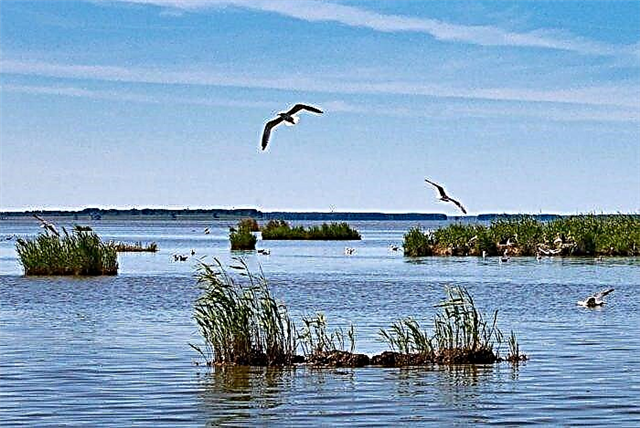
Irtysh embankment in Omsk
One of the main walking places in the city. On weekends, it is difficult not to meet newlyweds here: the House of Celebrations is located on the embankment, and there is a registry office. Previously, this building was called the merchant Batyushkov's mansion. The buildings are quite dense and old buildings coexist with modern ones. There is a museum of the history of the city, and admission is free. A playground for outdoor sports has been organized.

History and Local Lore Museum of Omsk
Opened in 1878, therefore it is one of the oldest museums in the country. Accepts exhibitions from Moscow and other cities. The collection began with private donations. The funds are about 200 thousand units. Exhibits include weapons, art, archaeological and ethnographic objects, numismatics, documents, and more. The permanent exhibition occupies 6 spacious halls.

Bolsherechensky Zoo
Opened in 1983 on an area of 9 hectares. There are more than 2000 pets, they belong to more than 200 species. The only non-urban zoo in the country, moreover, the northernmost one. It all started with a living corner, which grew because of the wounded animals found in the forest. Entrance for many categories of citizens is free or at a discount. You can just take a walk near the enclosures, or book an excursion.

Lutheran Church of St. Catherine in Omsk
Built in the 90s of the 18th century. The only building of a religious institution of its time, preserved in the city. The first parishioners were prisoners of war who were used for heavy construction work. The church was closed in 1930, and 40 years later it was transformed into a museum of the Internal Affairs Directorate. Before that, the reconstruction was carried out, the former church was connected with the Palace of Culture and the building was declared an architectural monument.

Museum of Military Glory in Omsk
Opened since 1995. The exposition is housed in a memorial building, which used to be the headquarters of the military district. The collection consists of paraphernalia of the Second World War, weapons, photographs, documents, letters and more. Exhibitions are completed depending on memorable dates and holidays. But all of them to one degree or another reflect the feat of the Omsk people at the fronts and in the rear. A monument to the soldier's mother is erected opposite the museum.
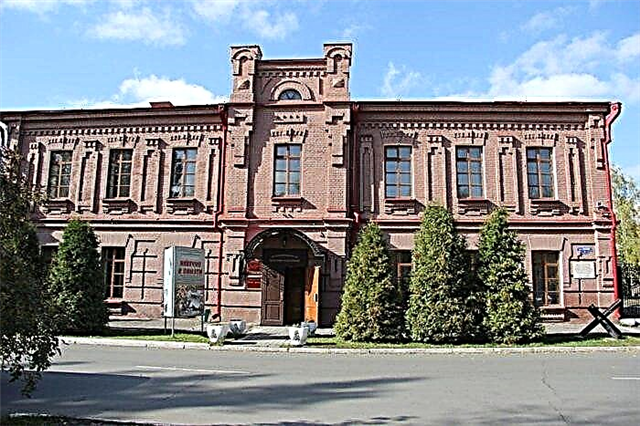
Lake Ulzhai
Located in the southeast of the region. The area is almost 1.5 thousand hectares. The depth is less than 1.5 m. It is famous for its curative mud. They are used in the treatment of various diseases, including in the Omskiy Rehabilitation Center. The relief of the northern coast is remarkable: three terraces seem to hang over each other.The rest of the banks are low, although the entrance to the water is not convenient everywhere. Since 1978, the lake has had the status of a natural monument.

Omsk fortress
Guard and defensive fortification, which later expanded and became the city of Omsk. It appeared in 1716, half a century later the second fortress was erected. There is a memorial sign "Power" at the place where the first stone was laid. It was abolished in the middle of the 19th century. Reconstruction and reconstruction began in 2009, so the fortress turned into a tourist cultural site.

Church of the Savior in Tara
The building dates back to the second half of the 18th century. The oldest stone building in the region and the only one built in the Siberian Baroque style, where the original decor has been preserved. The church is two-storied with an asp, there is a refectory and an octagonal bell tower. The walls are decorated with platbands. An architectural monument (church architecture) of federal significance.

Okunevo
The village of Muramtsevsky district became famous thanks to the excavations carried out in the district. Researchers have uncovered two burial grounds dating back to the Late Bronze Age. They discovered a full-fledged ancient settlement and a place that was probably of cult significance for the people of that time. Lovers of mysticism also come to Okunevo, because this zone is considered anomalous. There is no scientific evidence for esoteric theories.
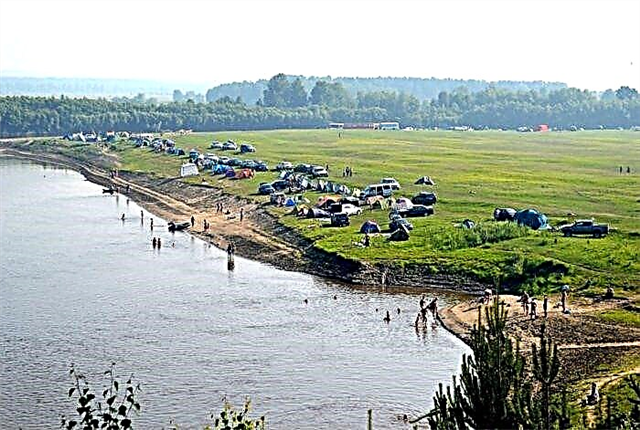
Museum-reserve "Moscow-Siberian tract"
One of two similar museums in the country. Located in the settlement of Bolshiye Uki. The exposition tells about the construction of the longest overland horse-drawn road and about the settlement of territories around, which were not so easy to master. The funds consist of 7 thousand different objects, including numismatics, documents, works of art of the Soviet period, instruments of that time.

Pokrovskaya fortress
Sentry fortification on the territory of the modern Maryanovskiy district. Founded in 1752. It had the shape of an octagon and an area of 6 hectares. Inside, there were enough both military and outbuildings: a powder magazine, barracks, officers' houses, a store, a bathhouse, a barn, etc. Along the perimeter there were ditches and earthen embankments. Only they were partially preserved. It is listed as a cultural heritage site.

Museum of Kondraty Belov
Opened in 1991 in Omsk. Dedicated to the life and work of the People's Artist of Russia. The museum occupies a cult building - a monument of wooden architecture of the early XX century. The collection consists of Belov's works, which were transferred to the state from his heirs. These are landscapes, illustrations, and historical paintings. In addition, the interior recreated the atmosphere of the last century and collected the artist's personal belongings.

Nikolsky Cossack Cathedral
Built in Omsk in the first half of the 19th century. Since it was built with money collected by the Cossacks, it received the appropriate name. The architectural style is late classicism. In Soviet times, he worked intermittently, was on the verge of destruction, but survived. Since the beginning of the 90s, it has been actively recovering. The relics of the cathedral are ancient icons, as well as an ark with particles of the relics of saints and martyrs.

Omsk Academic Drama Theater
Founded in 1874. The oldest and largest theater in Siberia. The repertoire combines classical performances and more modern interpretations. Some performances, with minor changes, have been going on for years. The troupe has received numerous awards at festivals. The building is listed as an architectural object of federal significance. The sculpture "Winged Genius" is installed on its pediment.

Jubilee bridge
Automobile and pedestrian, crosses Om. Unofficial name - Blue. Built in 1967. The length is about 100 m, the width is about 20 m. It has 4 lanes. The location of the bridge is interesting and symbolic in that it is thrown from the already defunct old Omsk fortress to the new one. Such a design is rarely found in similar Russian facilities: it is single-span and rests on the coast.

The mansion of the merchant Batyushkov
Built at the beginning of the 20th century. Currently, it belongs to the territory of the Omsk embankment. Part of the building, also called "Kolchak's House", has been occupied by the registry office since the 50s. It was restored several times. There is also a museum of the history of the city, which can be accessed free of charge. During the examination of the exposition, tourists get acquainted with the events of the civil war, the biography of Kolchak and the chronicle of the white movement.

F.M.Dostoevsky Museum
Opened in 1983 in Omsk. The museum presents two exhibitions to its guests. The first is dedicated to the writer and his connection with Siberia. The second tells about Omsk writers. In the halls, against the background of memorabilia, meetings with writers and thematic conferences are held. The museum occupies the building where the commandants of the Omsk fortress lived. There is documentary evidence that Dostoevsky has been here more than once.

Monument to Plumber Stepanych
Installed in the historical center of Omsk. The composition looks like a figure of a plumber crawling out of the hatch up to the waist. He leaned against the lid with a smile on his face. "Stepanych" cannot be called original: there are similar monuments in other cities of the world, one of the first to appear in Bratislava. However, this does not in the least affect its popularity among tourists and locals.

Omsk Metro
Construction began in 1992 and has not yet been completed. The project was changed many times, frozen and started again. On the one hand, it is unprofitable to keep the finished objects in a mothballed state, on the other hand, there is no money to continue the work. The length of the network should be 7.5 km, and the number of stations - 5. If the metro is launched, it will become the second in Siberia.

Irtysh river
It flows through the territory of China, Mongolia and Russia. The total length exceeds 4.2 thousand km. If we count with the main tributary of the Ob, it is the longest in Russia. There are several large settlements on the banks of the Irtysh, including Omsk. Both banks are rich in natural monuments. One of the most famous sights is the "Bird Harbor" natural park within the boundaries of Omsk.


